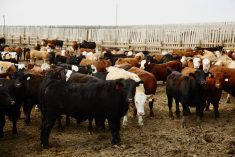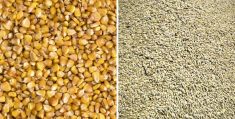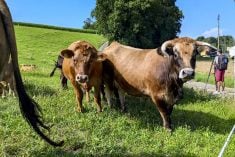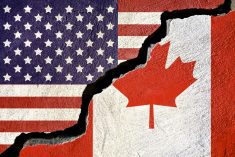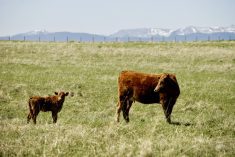Several studies from universities in Canada and the U.S. analyze the financial returns for feedlot operations. Feeding cattle is a pure competitive market. One characteristic of a pure competitive market is that the margins drop to the least-cost producer. In the long run, the margins are negative. Two other characteristics are unique to the cattle market:
- Beef demand is inelastic. A small change in supply has a large influence on the price. Price swings can be severe within a short amount of time.
- A one per cent increase in consumer spending equates to a one per cent increase in beef demand, and vice versa. The two are highly correlated.
There are four phases of the U.S. business or economic cycle. These include the trough, expansion, peak and contraction. Each phase of the business or economic cycle has unique characteristics. Very simply, interest rates are at lower levels and unemployment is quite high during the trough phase of the business cycle. Interest rates drop during recessions to encourage consumer and business spending. During the peak phase of the business cycle, inflation is at higher levels which causes central banks to increase interest rates. The jobless rate tends to be near historical lows when the economy is booming. It’s very easy to understand how beef demand fluctuates during the business cycle. Beef demand tends to decline during recessions and expand when the economy is growing.
I want to discuss one example from the past and then use this example to project price behaviour over the next year. The U.S. economy was in a recession during the latter half of 1974 and the first half of 1975. The absolute worst period for the economy was March 1975. Economic conditions started to improve in the latter half of 1975 and the U.S. economy continued to grow and reached a peak during January of 1980. In 1974, before the recession, interest rates were at 10 per cent to 12 per cent. Interest rates were about five per cent during the trough phase in 1975. We all know how interest rates reached record highs in the early ’80s at 20 per cent to stall out the economy and slow consumer spending. The U.S. economy was in recession from 1980 through 1982 while interest rates and inflation hit the roof.
U.S. cattle producers contracted the cattle herd from 1975 through to 1980. From 1980 through 1982, the U.S. cattle inventory expanded. U.S. cattle producers contract the herd when the economy is growing. When the U.S. economy is in recession, U.S. cattle producers expand the cattle herd. Cow-calf producers do the exact opposite of what they should be doing.
Read Also
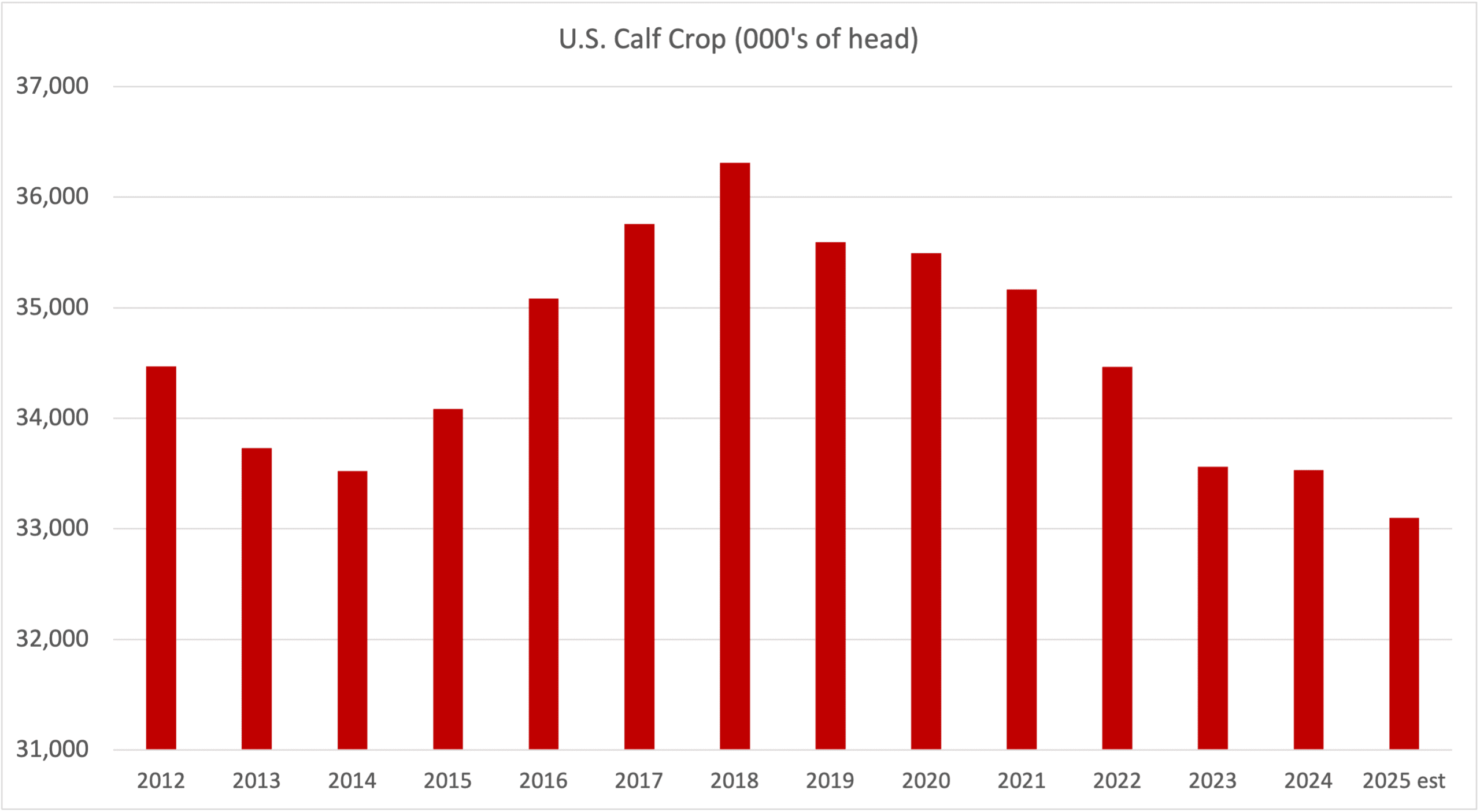
Factors influencing cattle feeder market during the fall of 2025
Market analyst Jerry Klassen weighs in on live cattle markets
The U.S. experienced a recession during the second quarter of 2020. The economic recovery started in the latter half of 2020 and continued throughout 2022. The U.S. cattle herd has been contracting since 2019. The 2022 calf crop was estimated at 34.465 million head, similar to the 2015 level of 34.086 million head. Again, U.S. cow-calf producers contracted the herd over the past two years while the economy was growing.

The U.S. Federal Reserve and the Bank of Canada have been aggressively increasing interest rates over the past year to fight inflation. Consumer spending has remained strong through the interest rate increases but will likely start to decline in the latter half of 2023. Unemployment levels are bound to increase, and the U.S. economy will experience slower growth in 2023 and 2024. This will result in lower beef demand.
U.S. and Canadian feeder cattle prices are expected to experience historical highs during the fall of 2023 and potentially into the first half of 2024. At the time of writing this article, the October feeder cattle futures were trading around $213. The past historical high that occurred in 2014 was at $245. It’s important to note that analysts expect U.S. corn acres to be up two to three million from last year. Barring adverse weather, we’ll see pressure on new-crop corn prices, causing U.S. feeder cattle futures to get back up to historical highs. Second, we are bound to see an increase in heifer retention this fall which will cause feeder cattle supplies to shrink beyond normal market conditions.
The U.S. cattle producer is poised to expand the cattle herd while the U.S. economy moves into contraction during the latter half of 2023. Once the market feels that the cattle herd is expanding, feeder cattle prices will come down. Cow-calf producers can expect one more year of historically high prices. After this, look for feeder cattle prices to soften in the latter half of 2024 and into 2025. The extreme highs will be short-lived. Cattle producers will expand the herd while interest rates are at higher levels and beef demand is in decline.



